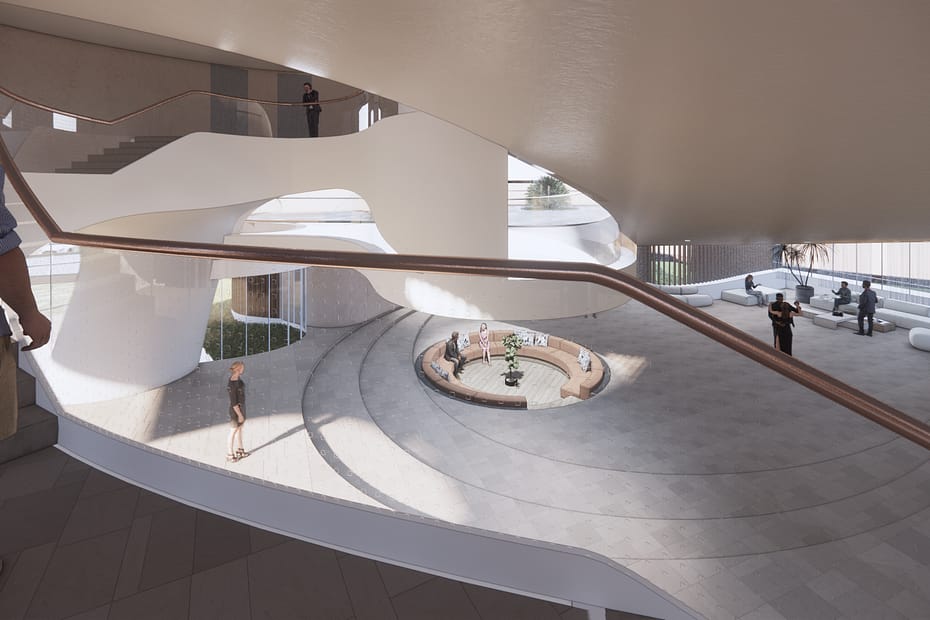Modern Design: What It Is, How to Get It, and Beyond Minimalism
I consider the aesthetic my clients want for their private space when designing a home. A modern interior is frequently the target, but not everyone is quite sure what this entails.
A clean, uncomplicated design that first appeared in the late 19th century is what is meant by contemporary design in its truest sense. Modernism, in its most basic form, is a carefree way of living. Designers focused on industrial materials while keeping décor simple.
After World War I and World War II, when family and public life underwent dramatic upheaval as a result of a horrific conflict, modern design emerged. Interior rooms are no longer characterized by excessive, ornate ornamentation or Victorian-era architectural elements.
Instead, they started to imitate the streamlined, solid forms of cutting-edge transport objects like aircraft and cruise ships. It became commonplace to have smooth, rounded contours and plain surfaces. Design options increased as materials improved and technology usage grew considerably at the same time.
Despite its history, I don’t think clients nowadays really mean this when they refer to modern design style. It actually implies tidy—clear of clutter—but also cozy and livable. I frequently use the words “spare” or “with restraint” when advising customers on where to buy or install design and décor components that represent contemporary in their houses.
Continue reading for my five suggestions for creating a modern interior with warmth, character, and a visually appealing place.
Improve neutral walls with complementary color in the decor
To make the artwork the focal point of the space, keep the walls simple and the furnishings unified. The geometric nature of the décor is enhanced by establishing a color link between the art and floor.
Improve neutral walls with complementary color in the decor
To make the artwork the focal point of the space, keep the walls simple and the furnishings unified. The geometric nature of the décor is enhanced by establishing a color link between the art and floor.
For built-ins, use large or graphic shapes with few accessories.
A display built-in might have a clean shape and crisp design because there are fewer shelves. Build to the ceiling and use contrasting finishes and hidden lighting throughout the space to give the unit a stronger appearance. Less is more, so be sure to refrain from overaccessorizing!
Mix transitional furniture with classically modern pieces in your design.
To evoke the modern era if you desire a transitional style, incorporate classic artifacts. With the addition of the purple ottoman and Eames bent plywood chairs as accents, the ultra-modern Eero Saarinen womb chair provides a timeless aesthetic.
Mix transitional furniture with classically modern pieces in your design.
To evoke the modern era if you desire a transitional style, incorporate classic artifacts. With the addition of the purple ottoman and Eames bent plywood chairs as accents, the ultra-modern Eero Saarinen womb chair provides a timeless aesthetic.
Try buying furniture with drawers and doors if you adore contemporary elements but struggle to keep your home clutter-free. The concealment of daily necessities and the display of only the essential design aspects are essential components of modern design!
More on INJ Architects:

